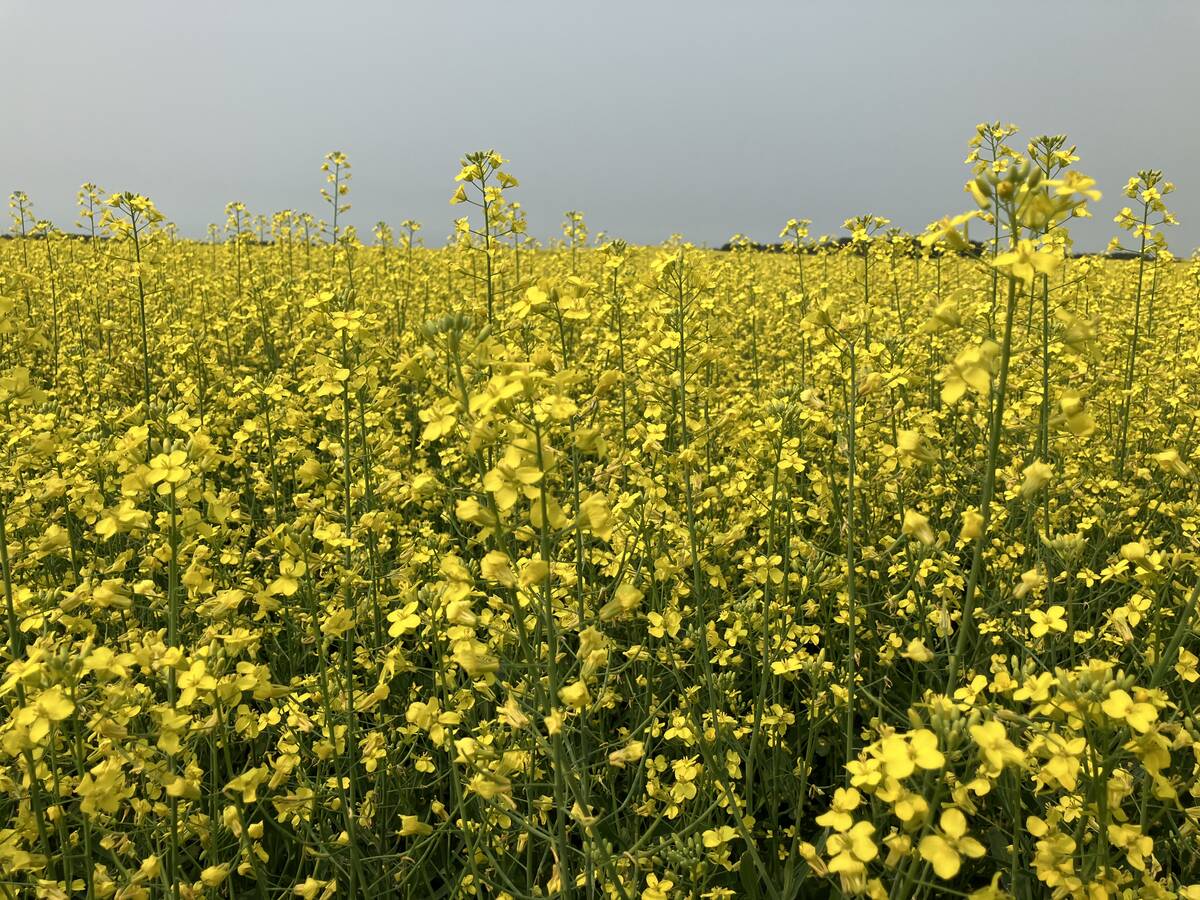Hot, dry weather in parts of Illinois and Missouri had soybean and corn prices rising early this week.
While most of Canada’s Prairies endured a cool, cloudy weekend and a forecast of more rain later in the week, the United States Midwest saw temperatures soar past 30 C and forecasted rain did not materialize.
The rest of the week was also supposed to be hot and dry.
The rally on the American markets helped drive canola and barley higher on the Winnipeg exchange.
So what can we expect for the rest of the crop year? Well, there will be more weather, but whether it will be good, bad or indifferent is hard to say.
Read Also

Canola used in only quarter of Canadian biofuel
Less than one-quarter of the biodiesel and renewable diesel used in Canada in 2024 was made from canola oil feedstock
The seasonal forecast from the U.S. National Weather Service for June-August is for warmer than normal temperatures in the southeastern part of the Midwest, including the area now in trouble. The precipitation outlook is for normal rainfall in the Midwest.
The forecast has bigger news for the northern plains states. It predicts cooler and wetter than normal conditions in states such as North and South Dakota and Montana. If this forecast carries on north of the border, it coincides with what we have experienced so far.
The Weather Network appears to be using a similar forecasting system because it, too, sees below normal temperatures and above normal rainfall this summer across the Prairies, roughly from the Trans-Canada Highway south to the U.S. border.
Environment Canada’s three-month, June-August forecast paints a somewhat different picture. In its seasonal forecasts, Environment Canada also gives a confidence rating. The confidence level is usually low because long-term outlooks, even with satellites and computers, are still extremely tentative.
That said, Environment Canada sees almost the entire country experiencing warmer than normal temperatures this summer, although its level of confidence rises above chance only in the eastern Prairies.
Its moisture forecast calls for wetter than normal conditions in Manitoba and eastern Saskatchewan and drier than normal in northwestern Saskatchewan and most of eastern Alberta. However, the confidence level in the moisture forecast is barely better than chance.
Comparing these forecasts, there is disagreement on the temperature but some agreement that the southern Prairies could see a wet summer.
Turning to how we have fared so far, the Canadian Wheat Board’s heat units map for April 1 to June 5 shows most of Saskatchewan, southern and northeastern Alberta and western Manitoba as having 80-100 percent of normal heat units. Some pockets are worse, like around Wynyard, Fort Qu’Appelle and Rosetown in Saskatchewan, an area southeast of Lethbridge, Alta., and a small area near Riding Mountain National Park in Manitoba. Above normal heat units have been registered in areas in northwestern Alberta, the Peace region and eastern Manitoba.
The heat units map is available at the wheat board’s website to farmers who register to use the e-service
portal.
As for moisture, most of Alberta is still dry as is the southwestern corner of Saskatchewan and it is too wet in southwestern Manitoba.
















